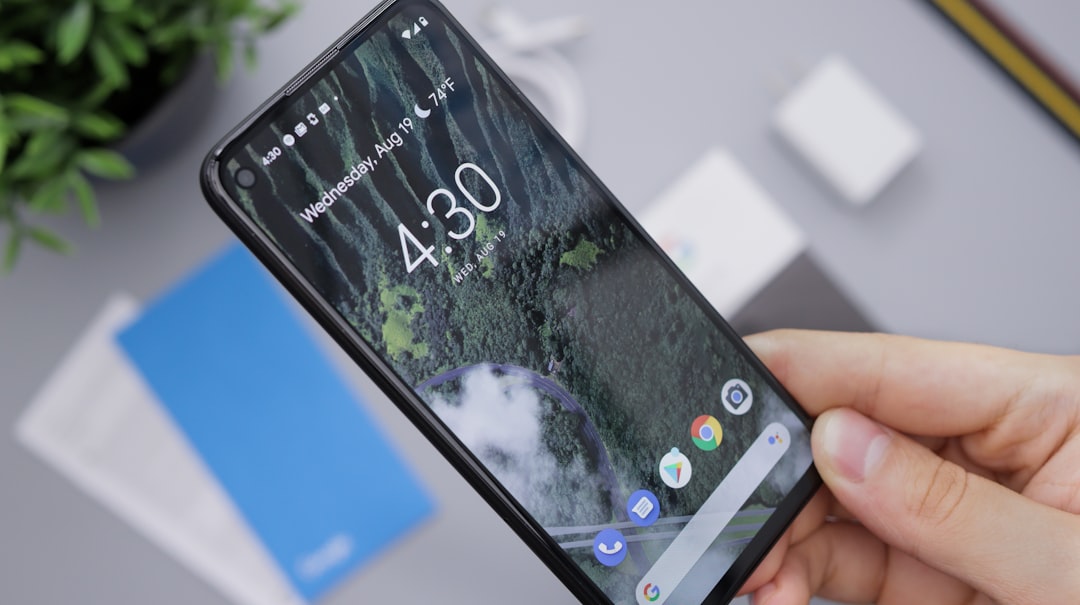Your personal brand is your professional reputation, encapsulating how you’re perceived by others. Whether you’re a job seeker, entrepreneur, or thought leader, crafting and maintaining a personal brand can be a game-changer. However, even with the best intentions, it’s easy to stumble into pitfalls that can harm your brand.
In this post, we’ll explore common personal branding mistakes and offer actionable solutions to fix them, ensuring your brand remains authentic, consistent, and impactful.
Mistake 1: Lack of Clarity in Your Brand
The Problem:
Many people fail to clearly define who they are, what they offer, and what sets them apart. Without clarity, your audience won’t understand your value, and your message will get lost in the noise.
The Fix:
- Define your Unique Value Proposition (UVP): What makes you different? What problems do you solve?
- Identify your niche: Focus on a specific area where you can provide the most value.
- Develop a clear and concise elevator pitch that encapsulates your brand.
Example: Instead of saying, “I’m a marketer,” try, “I help small businesses grow their online presence through data-driven social media strategies.”
Mistake 2: Inconsistency Across Platforms
The Problem:
Your LinkedIn profile says one thing, your Instagram bio says another, and your website tells a different story. This inconsistency confuses your audience and dilutes your brand.
The Fix:
- Audit your online presence: Ensure your messaging, visuals, and tone align across all platforms.
- Use the same profile picture, tagline, and bio where possible.
- Maintain a consistent voice and posting schedule.
Tip: Tools like Canva can help you create cohesive visual elements for your brand.
Mistake 3: Focusing Only on Yourself
The Problem:
A personal brand that’s overly self-centered can come across as egotistical. If your content is all about you and not your audience, it won’t resonate.
The Fix:
- Shift the focus: Highlight how you can help your audience solve their problems or achieve their goals.
- Share success stories, tips, and insights that are valuable to your audience.
- Balance personal achievements with educational or inspirational content.
Example: Instead of “I achieved this milestone,” try, “Here’s how I achieved this milestone—and how you can too.”
Mistake 4: Neglecting Visual Identity
The Problem:
An unprofessional logo, outdated design, or inconsistent visuals can undermine your credibility. People often judge your brand within seconds, and first impressions matter.
The Fix:
- Invest in a professional logo, consistent color scheme, and high-quality visuals.
- Use tools like Adobe Express, Canva, or Figma to create polished designs.
- Ensure your visuals reflect your brand personality (e.g., bold and vibrant for creatives, minimalistic for professionals).
Tip: Hire a graphic designer if design isn’t your strength—it’s an investment that pays off.
Mistake 5: Ignoring Your Online Reputation
The Problem:
Negative reviews, outdated content, or unprofessional social media posts can damage your brand. Even if you don’t actively manage your brand, others will form opinions based on what they find online.
The Fix:
- Regularly Google yourself to see what others find when searching for your name.
- Address negative feedback professionally and transparently.
- Clean up old or irrelevant content from your social media profiles.
Tip: Set up Google Alerts for your name to monitor mentions and respond proactively.
Mistake 6: Overloading Your Audience with Content
The Problem:
Posting too often, oversharing personal details, or creating irrelevant content can overwhelm or alienate your audience.
The Fix:
- Focus on quality over quantity. Share meaningful, value-driven content rather than aiming for volume.
- Follow the 80/20 rule: 80% valuable or educational content, 20% self-promotion.
- Create a content calendar to plan posts strategically.
Tip: Use scheduling tools like Buffer or Hootsuite to maintain consistency without overwhelming your audience.
Mistake 7: Neglecting Offline Branding
The Problem:
While online presence is crucial, neglecting in-person interactions can weaken your brand. People remember personal connections more vividly than digital ones.
The Fix:
- Attend networking events, conferences, and workshops in your field.
- Practice your elevator pitch for offline introductions.
- Build relationships by offering help, insights, or collaboration opportunities.
Example: Bring business cards with your brand’s colors, logo, and contact information to events for a professional touch.
Mistake 8: Failing to Adapt and Evolve
The Problem:
Sticking to an outdated brand strategy or neglecting to adapt to new trends can make your brand irrelevant.
The Fix:
- Regularly assess your brand’s performance and relevance.
- Stay updated on industry trends and adjust your messaging or offerings accordingly.
- Seek feedback from peers, mentors, or your audience to identify areas for improvement.
Tip: Schedule quarterly brand reviews to ensure your strategy aligns with your goals.
Mistake 9: Being Inauthentic
The Problem:
Trying to be someone you’re not or over-polishing your image can make your brand feel fake. Audiences value authenticity and can often sense when someone isn’t genuine.
The Fix:
- Be true to your values, voice, and personality.
- Share your journey, including challenges and failures.
- Avoid copying others—use inspiration to guide, not replicate.
Example: If you’re an introvert, highlight how your thoughtful, introspective nature is an asset instead of pretending to be outgoing.
Conclusion
Building a strong personal brand takes effort, but avoiding common mistakes can save you time, energy, and setbacks. The key is to stay authentic, consistent, and audience-focused while continuously evolving your brand strategy.
If you’ve made any of these mistakes, don’t worry—they’re all fixable. With intentional action, you can transform these pitfalls into stepping stones toward a personal brand that truly shines.
Which mistake resonates with you the most? Share your thoughts in the comments below!










0 Comments